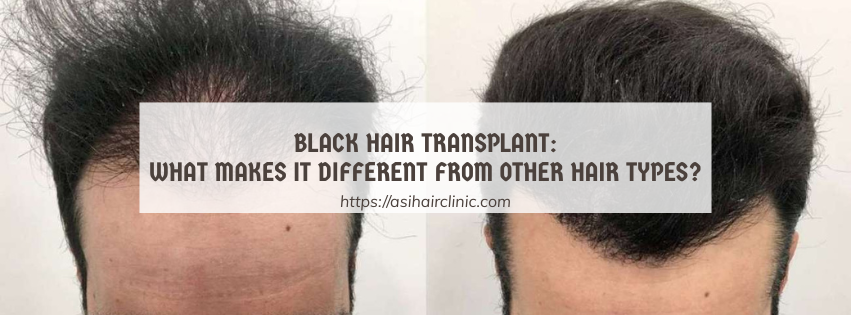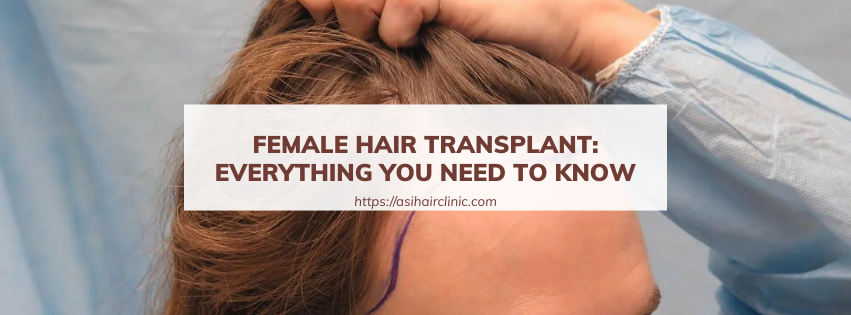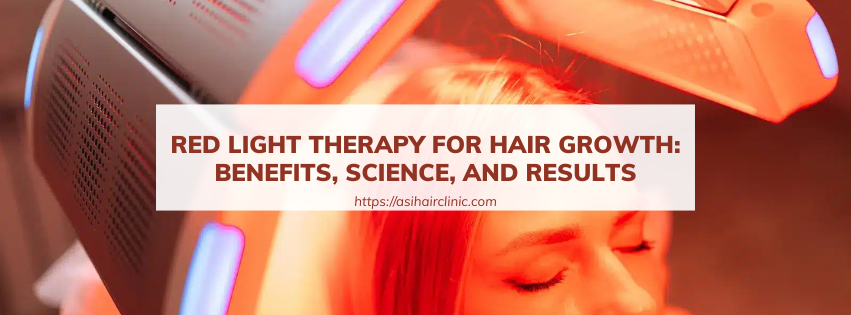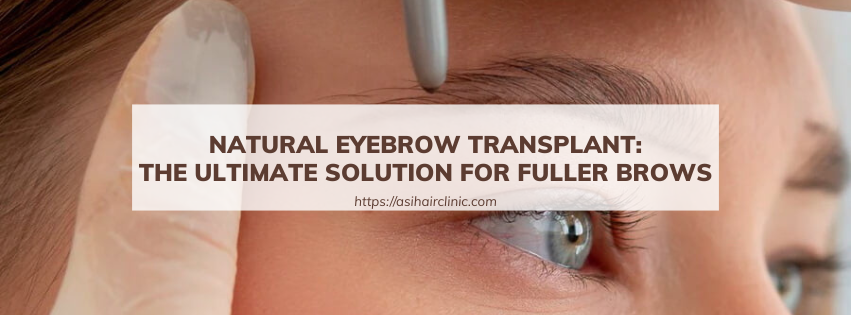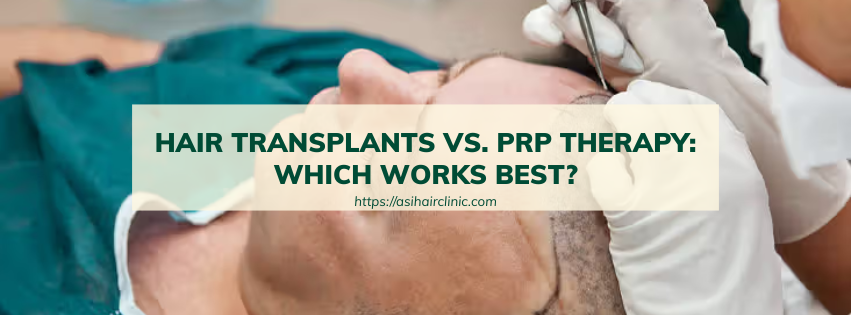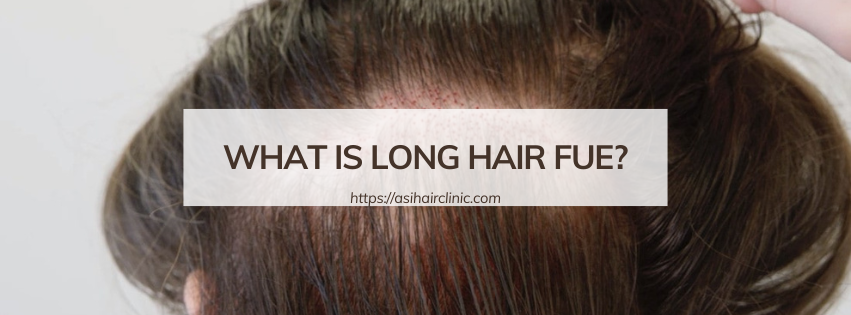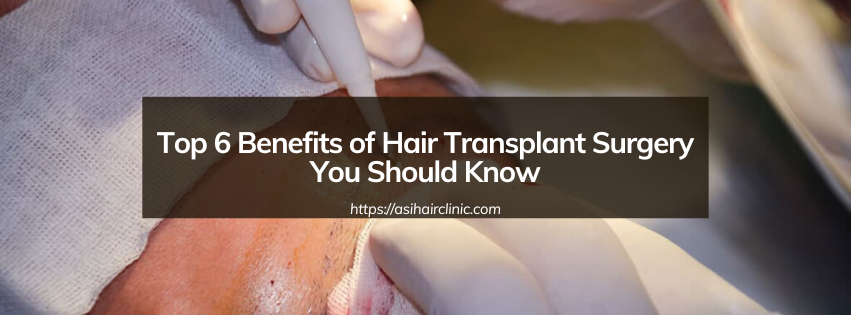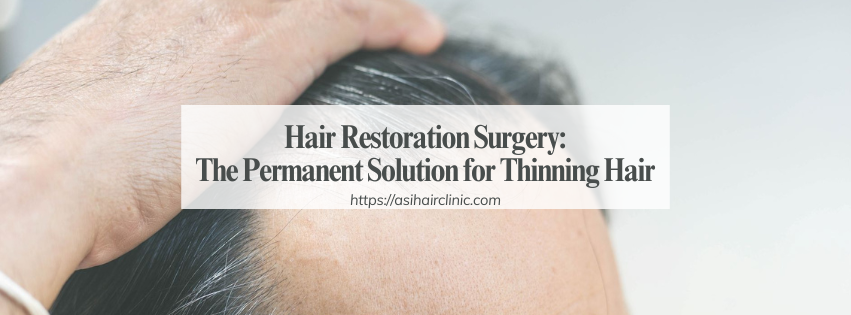Hair Loss in Children: How to Diagnose and Treat It
Hair Loss in Children can be a distressing experience for both the young ones and their parents. While hair loss is often associated with adults, it’s important to recognize that children can also face this condition. Hair loss in children can stem from various underlying issues, making understanding, diagnosing, and treating this condition all the more vital for their emotional and physical well-being.
The journey to address hair loss effectively requires awareness of its causes, potential treatments, and the psychological impact it may have on children. This article aims to delve deep into the complexities of hair loss in children, explore diagnostic methods, treatment options, and provide insights for concerned parents navigating this challenging experience.
1. Understanding the Causes of Hair Loss in Children
When it comes to hair loss in children, identifying the root cause is crucial for effective treatment. Unlike adult hair loss, which is often genetic or age-related, children's hair loss can result from many factors. Understanding these causes can empower parents to take the necessary steps towards resolution.
1.1. Genetic Factors
Genetic predisposition plays a significant role in hair loss, even among children. Conditions such as androgenetic alopecia, commonly known as male or female pattern baldness, can occasionally emerge in childhood, although it is rare.
Inherited traits can influence how a child’s hair grows, the thickness of strands, and susceptibility to premature thinning. Parents should consider their family history when assessing their child’s hair loss, as early signs can indicate future concerns.
Furthermore, certain genetic conditions like Netherton syndrome or alopecia areata can manifest in childhood, leading to varying degrees of hair loss. Understanding these hereditary aspects can prompt timely consultations with healthcare professionals.
1.2. Medical Conditions
Various medical conditions can lead to hair loss in children. One of the most prevalent is alopecia areata, an autoimmune disorder where the body mistakenly attacks hair follicles, resulting in round patches of hair loss. This condition can be unpredictable, with hair sometimes regrowing spontaneously before potentially falling out again.
Another condition, tinea capitis, is a fungal infection that can affect the scalp, leading to hair loss. This contagious disease typically presents with itchy, scaly patches and can easily spread through close contact. Recognizing the symptoms early can help mitigate further spreading and promote effective treatment.
Additionally, thyroid disorders, such as hypothyroidism or hyperthyroidism, can also contribute to hair loss. These conditions affect hormone levels, influencing hair growth cycles. Parents noticing changes in their child's hair should consider consulting a healthcare provider to rule out any underlying medical issues.
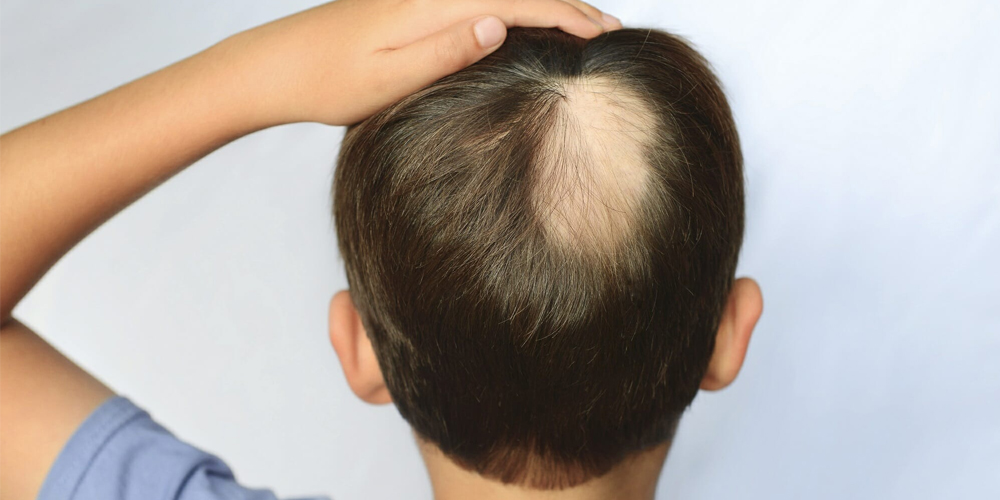
1.3. Nutritional Deficiencies
Nutrition plays a crucial role in maintaining overall health and wellness, including hair health. Deficiencies in essential vitamins and minerals—such as iron, zinc, biotin, and vitamins A and D-can lead to hair thinning or loss in children.
For instance, iron deficiency anemia can often appear as hair loss, alongside other symptoms like fatigue and pallor. Ensuring a balanced diet rich in fruits, vegetables, lean proteins, and whole grains can fortify hair health. Parents should focus on incorporating foods containing these nutrients into their child’s diet.
Moreover, excessive dieting or eating disorders can drastically affect a child's nutritional intake, leading to hair loss. In such cases, addressing the underlying eating behaviors alongside nutritional rehabilitation is imperative.
1.4. Stress and Trauma
Emotional stressors can also contribute significantly to hair loss in children. Situations such as transitioning to a new school, bullying, or family disruptions can create anxiety that manifests physically.
Telogen effluvium is a temporary hair loss condition linked to stress. During stressful periods, more hair follicles enter the resting phase, leading to noticeable shedding. Addressing the emotional and psychological aspects of a child's life becomes paramount in these situations. Professional counseling or therapeutic interventions may benefit the child’s mental state and help mitigate hair loss.
2. Diagnosing Hair Loss in Children
Accurate diagnosis is essential for effective treatment of hair loss in children. Various steps and considerations can help identify the underlying cause, guiding parents and healthcare providers alike.
2.1. Initial Evaluation
The first step in diagnosing hair loss is a thorough evaluation by a healthcare professional. Parents should prepare to discuss the child's medical history, family history of hair loss, and any recent changes in behavior or health.
A comprehensive examination of the scalp can reveal visible signs of conditions such as inflammation or scarring. Assessing the pattern of hair loss is equally important, as different conditions exhibit distinct characteristics. For example, patchy hair loss suggests alopecia areata, while diffuse thinning might indicate telogen effluvium.
2.2. Blood Tests
Depending on the initial assessment, the healthcare provider may recommend blood tests to rule out underlying medical conditions. Common lab tests include checking hormone levels, thyroid function, and nutrient deficiencies like iron or vitamin D.
Through blood tests, doctors can gather valuable information that aids in pinpointing the cause of hair loss. Following the results, they may suggest appropriate treatments or referrals to specialists if necessary.
2.3. Scalp Biopsy
In some cases, a scalp biopsy may be warranted to ascertain specific conditions accurately. A small sample of the scalp is taken and examined under a microscope to detect problems at the follicular level.
This minimally invasive procedure can provide insights into the presence of inflammatory cells or scarring patterns that suggest particular forms of hair loss. While not always required, it can be a critical step if the diagnosis remains unclear after non-invasive assessments.
2.4. Psychological Assessment
As emotional stress can play a significant role in hair loss, a psychological evaluation may be beneficial. Consulting with a mental health professional can help determine if anxiety or trauma contributes to the child's hair loss.
Identifying and addressing psychological factors is just as important as medical treatment. Therapy can provide coping strategies and support, helping children feel empowered in managing their emotional well-being.
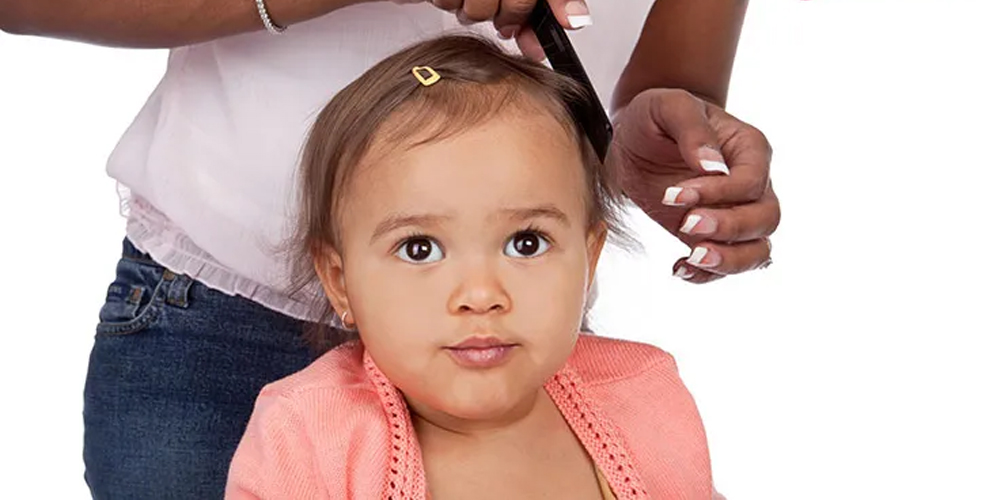
3. Treatment Options for Hair Loss in Children
Once a diagnosis has been established, parents can explore various treatment options available for hair loss in children. Treatment plans should be tailored to the individual needs of each child, taking into consideration their age, severity of hair loss, and underlying causes.
3.1. Medications
In cases of alopecia areata, healthcare providers may prescribe corticosteroids to reduce inflammation and stimulate hair regrowth. These medications can be administered topically, injected directly into the affected areas, or taken orally, depending on the severity of the condition.
Minoxidil is another topical treatment often recommended for hair regrowth. While it’s primarily used in adults, some healthcare providers may suggest it for children with moderate hair loss. However, parents should exercise caution and consult with a healthcare professional before introducing any medication into their child’s routine.
3.2. Nutritional Interventions
If nutritional deficiencies are determined as a contributing factor, developing a balanced diet becomes vital. Parents should work with a registered dietitian to ensure their child receives adequate nutrients essential for hair growth.
In some cases, supplementation may be necessary to address deficiencies. Iron, zinc, and biotin supplements can be introduced based on healthcare recommendations. It’s crucial for parents to prioritize whole food sources over supplements whenever possible.
3.3. Lifestyle Changes
Implementing certain lifestyle changes can positively impact hair health. Encouraging children to manage stress through relaxation techniques, exercise, or engaging in hobbies can alleviate some emotional factors contributing to hair loss.
Parents can also emphasize the importance of gentle hair care practices, avoiding harsh styling products or heat treatments that could exacerbate hair breakage. Regular trims and using a wide-toothed comb can minimize mechanical damage to fragile hair.
3.4. Psychological Support
Considering the emotional ramifications of hair loss, psychological support should never be overlooked. Counseling can provide children with tools to cope with their feelings about hair loss, fostering resilience and self-esteem.
Support groups can also offer a sense of community and shared experiences. Connecting children with peers facing similar challenges can normalize their experiences and reduce feelings of isolation.
Conclusion
Hair loss in children is a multifaceted condition that requires careful attention and understanding from parents and caregivers. By recognizing the underlying causes, seeking appropriate diagnostic evaluations, and exploring available treatment options, families can navigate the complexities of hair loss with compassion and informed decision-making.
Investing time and effort into understanding the nuances of hair loss not only empowers families but also promotes healthier emotional and psychological outcomes for children. The key lies in addressing both the physical and emotional aspects of this condition, ensuring children feel supported and cared for throughout their journey.
Ultimately, whether hair loss is temporary or long-lasting, open communication, empathy, and professional guidance will pave the way for recovery and resilience. It's a journey that demands patience and love, reminding us that every child deserves to feel confident and accepted, regardless of their hair.
LATEST POSTS

